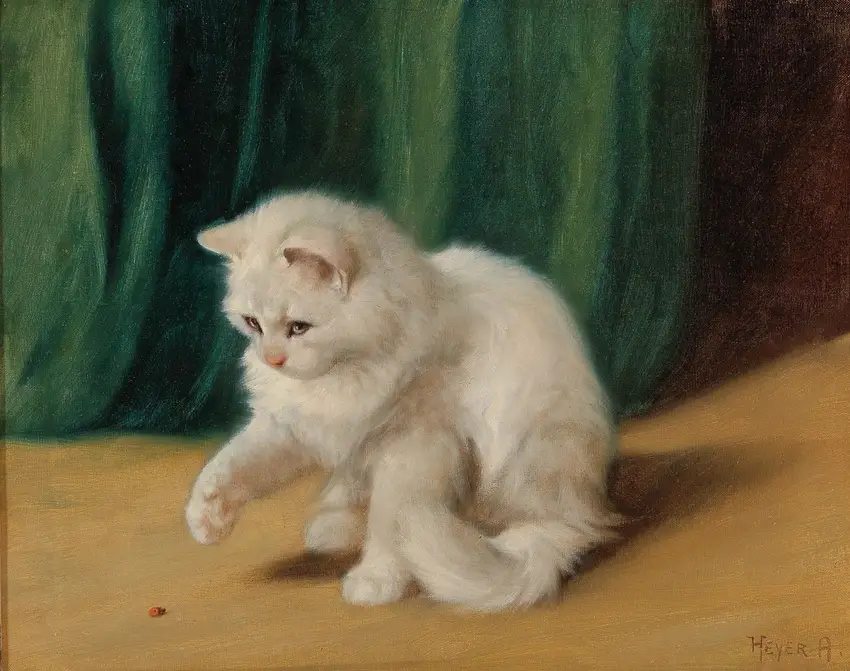Figurative
Celebrating the human form and presence, our figurative collection invites you into intimate portrayals of character, mood, and narrative. These works transcend realism, offering timeless reflections on the body, identity, and the human condition.
-
-full.webp)
Water Nymph (1907)
A mesmerizing depiction of a mythical figure emerging from water, blending realism with dreamlike fluidity.
-
-full.webp)
The Red Kerchief (c. 1868–73)
A woman in a red kerchief moves past a frosted window, her figure blurred yet vivid against the winter light.
-
-full.webp)
Marjorie and Little Edmund (1928)
A tender portrayal of familial warmth, bathed in soft light and delicate brushwork.
-
-full.webp)
Laura In Yellow (1900)
A luminous portrait where yellow light and loose brushstrokes blur the line between subject and atmosphere.
-
-full.webp)
The cat at play (c. 1860 – c. 1878)
A playful cat mid-pounce, its energy and curiosity brought to life through delicate brushstrokes and warm light.
-
-full.webp)
A Coign of Vantage (1895)
Two women on a sunlit marble balcony, absorbed in a distant view, framed by intricate Roman details.
-

Cat with Ladybird
A cat’s intense focus on a ladybird becomes a study of texture and quiet tension in this vividly detailed painting.
-
-full.webp)
Portrait De Jeune Fille (1898)
A tender portrait of a young girl, radiating quiet introspection through masterful brushwork and delicate lighting.

